Mazarine Blue (Cyaniris semiargus)
🦋 Mazarine Blue (Cyaniris semiargus) – Overview
The Mazarine Blue is a charming butterfly in the Lycaenidae family (blues), known for the deep violet-blue coloration of its males and a subtle elegance in both sexes. Once widespread across Europe and temperate Asia, it has declined in parts of its range due to habitat loss, but it remains locally common in flower-rich meadows and pastures.
🔍 Identification
| Feature | Male | Female |
|---|---|---|
| Wingspan | 28–34 mm | Same |
| Upperside | Uniform deep blue with narrow black margin, no orange or white markings | Dark brown, sometimes with faint bluish shading |
| Underside | Pale grey with small black dots and no orange | Similar to male |
| Fringes | White, clearly visible | Same |
Unlike many other “blues,” C. semiargus has no orange markings (lunules) on the underside, making it easier to distinguish from species like the Common Blue (Polyommatus icarus).
🌿 Habitat
- Prefers:
- Flower-rich meadows
- Alpine pastures
- Woodland clearings
- Calcareous grasslands
- Typically found between lowland valleys to montane regions (up to 2,000 m in southern Europe).
🐛 Host Plants (Larval Food)
Caterpillars primarily feed on clover species, especially:
- Trifolium pratense (Red Clover)
- Trifolium repens (White Clover)
- Occasionally other Fabaceae (legumes)
🔁 Life Cycle
| Stage | Timing (Europe, varies by region) |
|---|---|
| Egg | Laid singly on host plant leaves or flowers |
| Larva | Pale green, slug-like, blends in with foliage |
| Pupa | Formed on the ground or low vegetation |
| Adult | May to July (1 generation per year) |
- Some populations in warmer climates may have a partial second generation.
- Larvae sometimes tended by ants for protection in a mild myrmecophilous relationship.
🧠 Interesting Facts
- Named after the deep blue pigment once used to dye Mazarine cloaks worn by Cardinal Mazarin.
- Males often bask with wings open, while females are more secretive and rest with wings closed.
- Sensitive to agricultural intensification and meadow drainage; a key bioindicator of traditional hay meadow health.
🌍 Distribution
- Found throughout:
- Most of Europe (but rare or extinct in some western/northern areas like the UK and parts of Scandinavia)
- Central Asia
- Russia and Siberia
- Declining in western Europe due to habitat fragmentation.
Visited 62 times, 9 visit(s) today
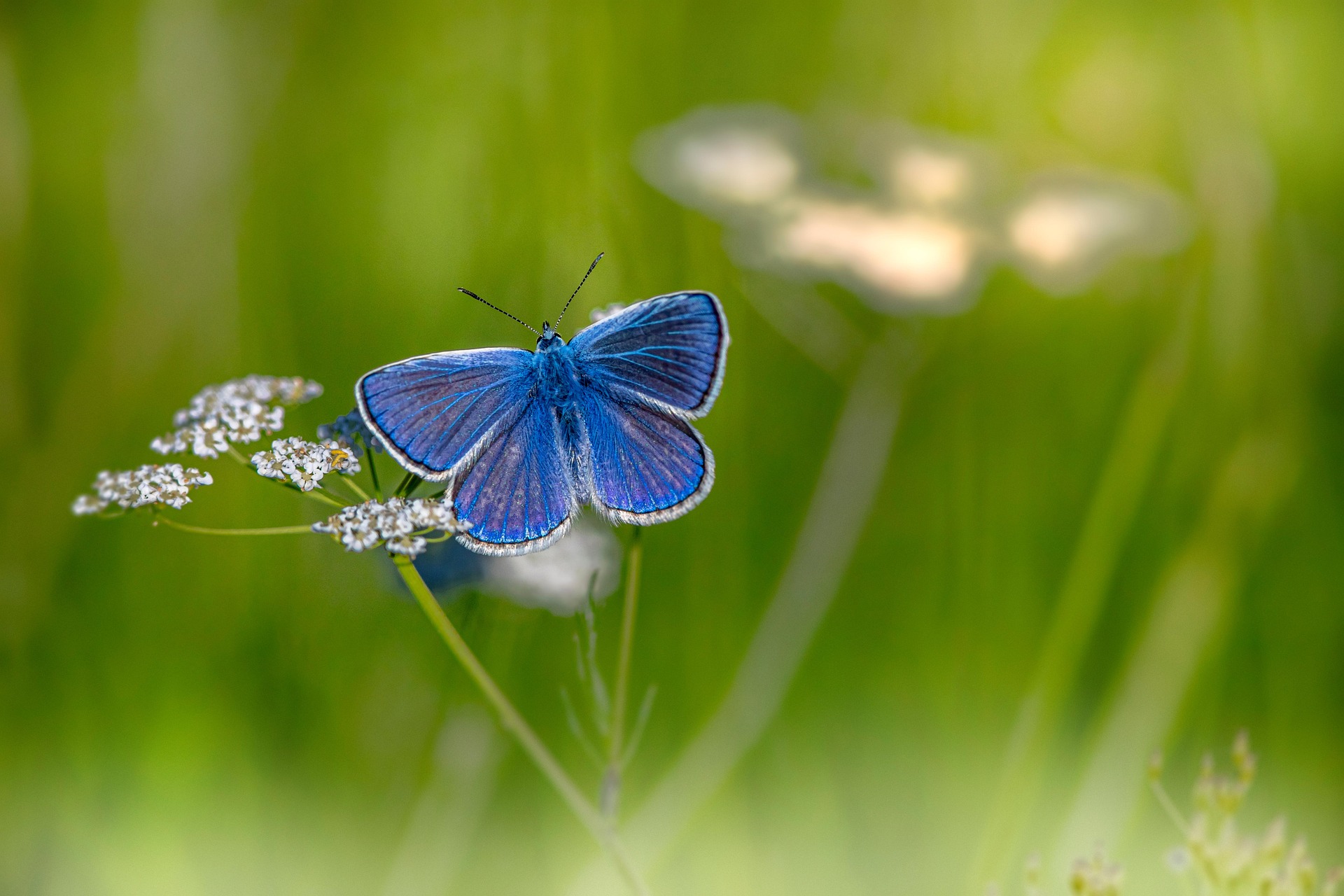

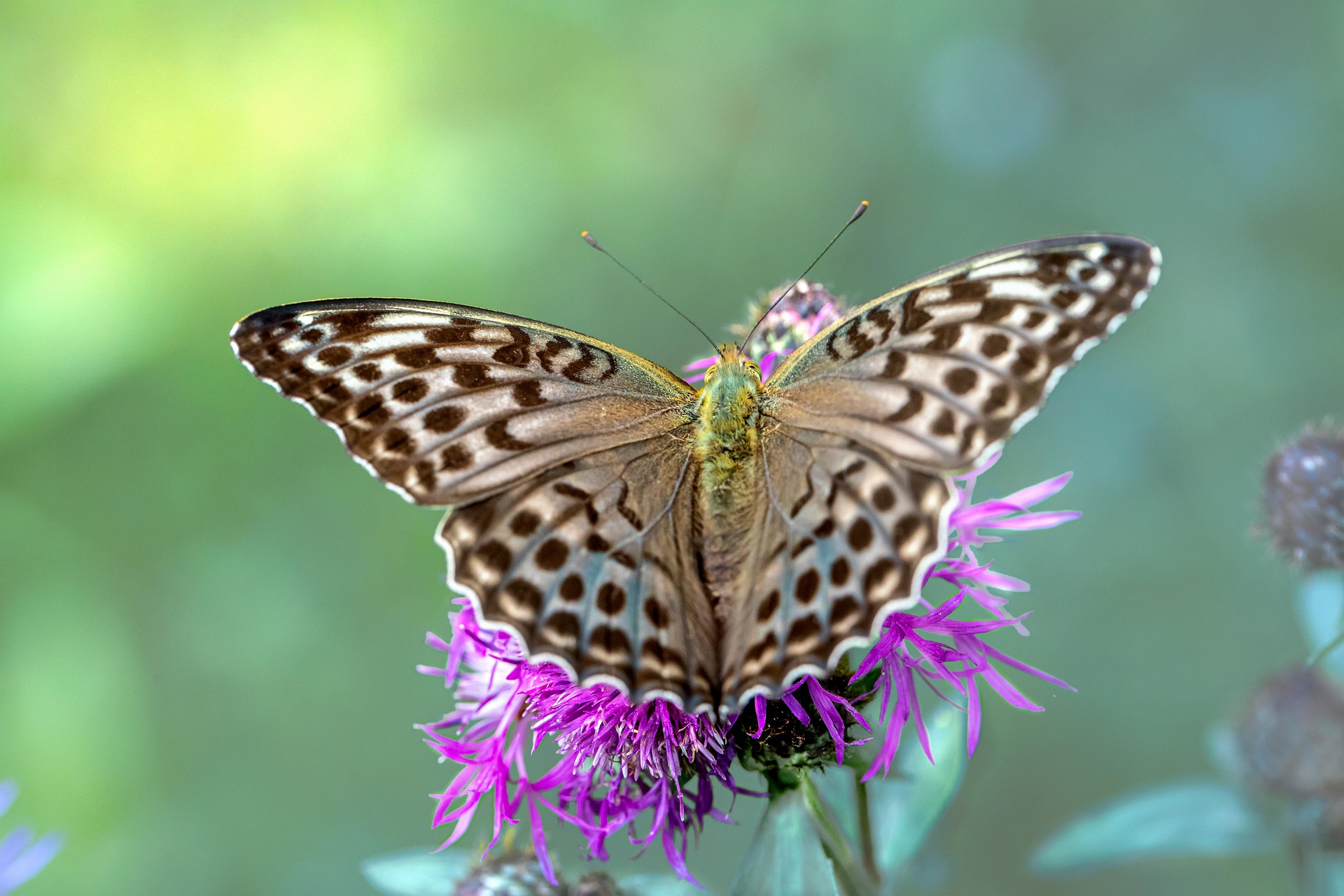

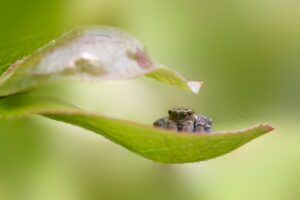
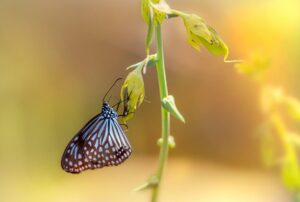
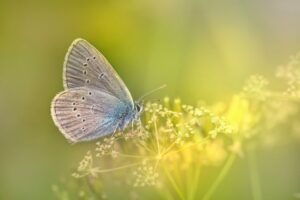
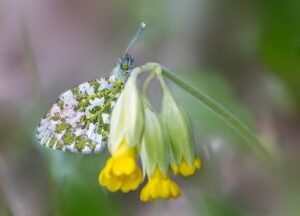
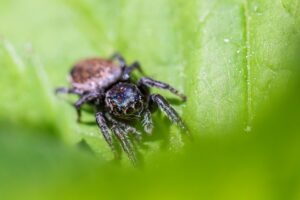
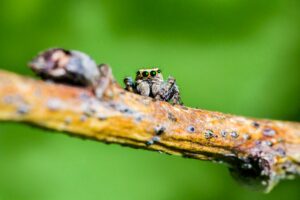
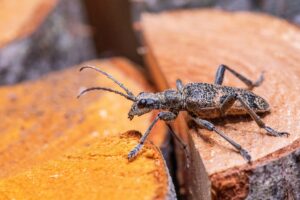
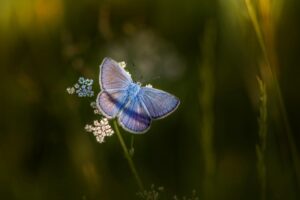
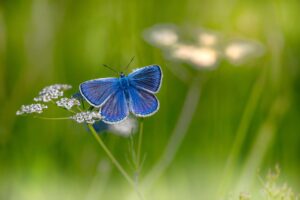
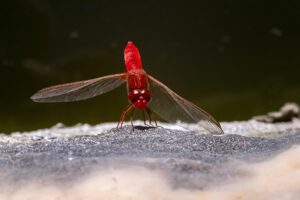
Post Comment